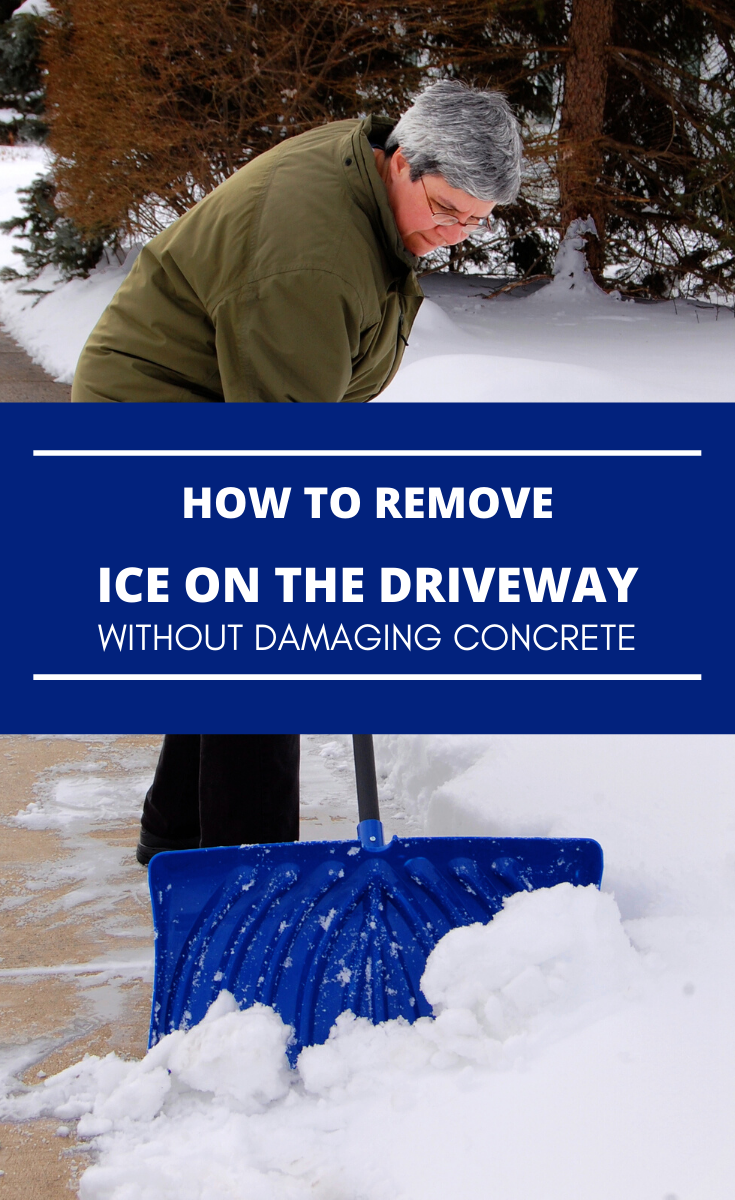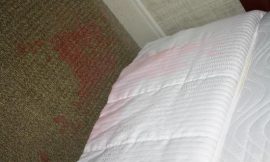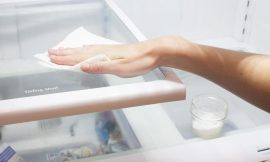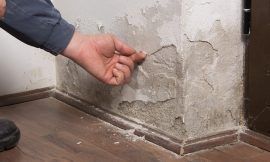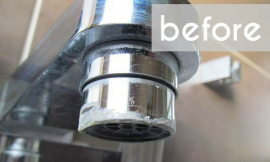This is the season for snowmen, snowy days, snow forts and snow-covered driveways. But what do you do if winter turns your driveway into a skating rink? Is not funny unless you are a penguin, otherwise you might risk breaking your arms and legs on that slippery ice crust!
How can you deal with icy sidewalks?
We all say that there are many different ways to deal with ice, whether using chemical compounds or environmental friendly products to provide traction and slippage. One of the most used ways to melt ice on the driveway is rock salt. Many consumers use this method to clear the path through the snow, but this inexpensive solution is corrosive and can cause damage to cars, fabrics and carpets. It may also burn your pet’s paws, harm nearby plants and grass and contaminate the water.
Rock Salt Common Problems

- Excess salts build up in the soil, just as they do with chemical fertilizers.
- Salt residue prevents plants from absorbing moisture and nutrients.
- Salts can leach heavy metals, which eventually make their way into water supplies.
- Salt on grass or sidewalks close to roads can attract animals, which may be hit by cars if they’re licking the salt from the ground.
- Plus, salt can burn our pets if it lodges in their paws.
Yes, salt does effectively melt snow, but there are better ways in doing that!
1. Shovel The Snow

The most effective method—one that is green and works 100 % of the time is to prevent snow from building up and turning into ice in the first place. Minimize snow and ice by shoveling, and the sooner after snow stops falling, the better.
2. Heat Mats
This method is for the rich people because the electricity bill will make a big whole in your budget. Even if it’s not as eco-friendly as shoveling, this method may be better than using chemicals that pollute the water and endanger plants and pets.
3. Salt Substitute for De-Icing
Urea is a fertilizer that can be used for deicing.While it is less corrosive than salt and safer for pets, it can be more damaging to plants. Also keep in mind that the urea will eventually run off the driveway and can harm waterways.
4. Rubbing Alcohol

Fill a spray bottle with 70% isopropyl alcohol. If you want to make the alcohol last longer, dilute it with water to a 50/50 ratio. Spray the alcohol around on the ice. Walk from side to side on the driveway, spraying the alcohol as you go. If you’re able to bend over, hold the bottle about a foot away from the ice so it hits it more directly. If the alcohol runs out before you cover the driveway, refill the bottle and continue.
Other Tips:
I advise you to skip the kitty litter, sand or wood ashes, because it won’t melt the snow and ice. It will only create mess when it warms up.
Remember! Always remove snow from on top of the ice
If you have ice on your driveway, you probably have some snow too. Any method that melts ice will melt snow, too, so you can’t effectively remove the ice if you don’t remove the snow first. Push it off of the driveway with a shovel.
